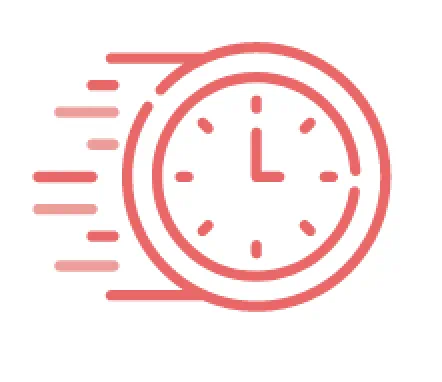By Dan Waldinger, Senior Director of B2B Marketing, Brother International Corporation
In any industry, there is an ongoing overlap of technologies and operational methods. Modern healthcare organizations know this as well as anyone, experiencing it almost daily with the rapid changes to regulatory guidelines such as Health Insurance Portability and Accountability Act (HIPAA), care management procedures, information technology (IT), budgets, and, of course, patient needs. Organizations that are able to effectively bridge across all of these types of changes, and be ready to pivot when a challenge arises, can maximize their efficiencies to provide a secure, quality experience every time.
Document management is one area in healthcare that continues to see major transitions – and a merging of technologies. Digitization is the goal as Electronic Medical Record (EMR) systems become the norm, and patients and staff alike more frequently use mobile devices for instant, on-the-go access.
While digital systems are understandably becoming more prevalent and offer advantages, it is not a surprise that paper-based systems and tracking are still utilized at various points in organizations' workflows. For some, paper may still be the primary means of documentation. But whatever the means used, the desired outcomes likely are the same. Ultimately, it is about having efficient processes in place that can consistently meet demands and adapt – from patient service to maximizing and meeting budgets.
A number of offerings and services, including from companies like Brother International Corporation, can help healthcare organizations not only span the gaps between paper and digital documents, but actually unify them into a singular platform. Nationwide nurse triage company, Night Nurse, has employed such a system, with paper and digital acting as backups to each other if and when there is a need.
“As the business grew and demands increased, we realized the significant need for a hybrid paper-digital system,” says Stuart Pologe, Chief Operating Officer, Night Nurse, Inc. “Built in-house, our IT system today merges 20,000 paper documents per month with disparate EMR and data sources while maintaining regulatory compliance. When executed properly, aim for your digital/paper management platform and strategy to: Expedite response times to help improve patient outcomes; improve information workflow; maximize productivity; and reduce labor costs.”
When determining the right document management providers and solutions to create such a hybrid system for your organization, there are three things to consider.
The ability to customize: While there are industry consistencies, such as regulatory compliance, your organization's unique nuances and scenarios may mean one size will not fit all.
- Check if your document imaging technology provider or equipment manufacturer includes access to a group of industry-focused experts who not only understand their own products and technology, but can work with you to develop customized solutions, such as software and applications, to meet your critical needs.
- Think beyond the hardware, and ensure it can evolve to fit your needs over time through software upgrades and app integrations. This can help your organization prepare for 'what's next' without needing to source a major change in your hardware, and less long-term costs
End-to-end security: Privacy and confidentiality are making global headlines, from data leaks of personal information via social networks, financial data stolen from retailers, and beyond. Healthcare organizations oversee patients' most sensitive information at multiple points, and especially with networking across myriad devices. When it comes to document management of any type of materials, there are three areas that can pose a threat: Document/data security; individual device security; and cross-network device security. To help prevent and stop threats, look for document printing, scanning, and all-in-one products that include features like:
- Secure function locks to limit digital and physical machine controls;
- Active Directory support so administrators can quickly and easily limit user access;
- NFC card readers to provide seamless alignment with existing building security protocols;
- Options to set time limits for how long print/scan data is available on a device; to integrate third-party software that further regulates document access; and
- Devices that don't use internal hard drives like many enterprise-level network printers, like from Brother, eliminating the risk of sensitive documents remaining on the printer's hard drive when the device is discarded.
Evolving infrastructures: Desktops to faxes, laptops to the cloud, mobile devices and back. Organizations need to gather and share information across a variety of platforms at any time. This may include securely printing from a mobile device, or immediately uploading scanned documents to an encrypted FTP site. Ensure your document management system enables both employees and patients to enjoy convenience and appreciate security no matter the document source.
As the healthcare industry continues to evolve, so too will the ways organizations work to maximize their efficiencies. Regardless of your organization's size or scope, a hybrid approach to document management can help minimize gaps between digital and paper, bringing them together to further enhance your workflows. To learn more about Brother's reliable MFPs, printers and scanners, as well as its customized solutions and personalized services, please visit https://brotherthinkoptimize.com/healthcare/.


